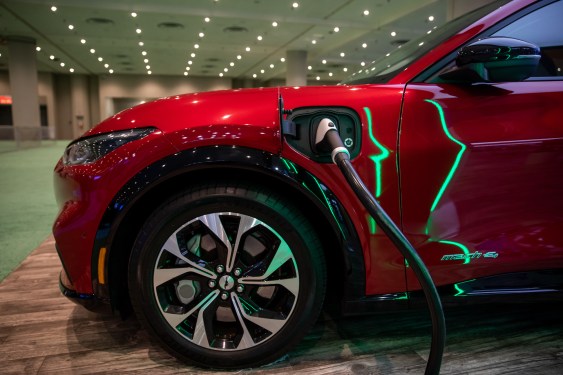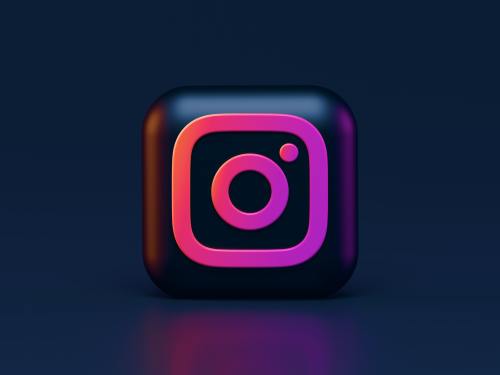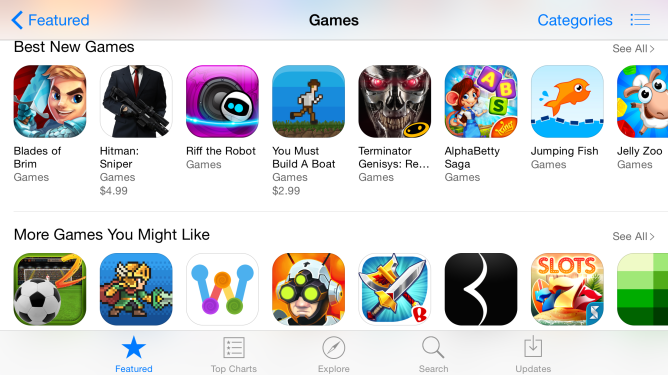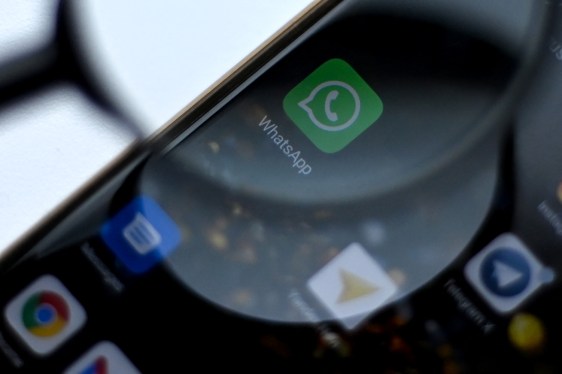Introduction
When people hear ‘wearables,’ they often associate them with smartwatches. However, as 2024 approached, discussions shifted to other wearable categories, each seeking their niche. Smart rings emerged as a promising category, marked by innovation and distinct features.
The Galaxy Ring: Samsung’s Leap into Wearerable Space
Samsung’s introduction of the Galaxy Ring in February was a pivotal moment for smart rings. This product, alongside others like the Circular Slim and Movano’s Evie Ring, showcased new possibilities in wearable technology.
Features of the Galaxy Ring
The Galaxy Ring integrates with Samsung’s ecosystem, enhancing battery life and sensor accuracy when paired with devices like the Z Fold 6 or Z Flip 6. A notable feature is its ability to control the camera via a pinch gesture, raising questions about user lock-in within the Samsung ecosystem.
Samsung’s Vision for Smart Rings
Samsung aims to redefine smart rings as mainstream wearables. The company’s bold move into this space has sparked curiosity and debate among users, with some viewing it as a step towards integration rather than pure innovation.
Competitors: New Players in the Ring Game
Casio, Movano, and Oura are also contributing to 2024’s wearable landscape, each offering unique features. Casio rekindles interest in simple, discrete wearables, while Oura focuses on sleep tracking with long-lasting comfort for users seeking better sleep quality.
Market Dynamics: A New Era for Smart Rings
The rise of smart rings in 2024 indicates a shift in user preferences towards more than just fitness. Users are exploring products that cater to different needs—some returning to basics like Casio, others delving into aesthetics and comfort.
Challenges Ahead
Despite the potential, smart rings face significant hurdles. Their production requires precision manufacturing, high costs for materials, and ensureability, differing markedly from the more refined design of smartwatches.
Manufacturing Complexity
The intricate process of producing smart rings involves multiple steps, from material selection to assembly, each requiring specialized skills. This complexity can lead to higher production costs, making them less accessible compared to smartwatch manufacturers.
User Interest: A Catalyst for Innovation
During the testing phase in 2024, users showed varied interests—some gravitated back to classic designs like Casio, others pursued style and comfort with Movano’s Evie Ring. These preferences highlight a market that is open to exploring new forms of wearable technology.
Sleep Tracking: A New Frontier
With sleep becoming a hot topic in 2024, consumers are investing in rings designed for comfort during sleep. This trend underscores the potential for future innovation beyond just fitness tracking, offering wearables tailored to health and wellness.
The Future of Smart Rings
The success of smart rings depends on addressing current challenges—whether through simplification or more comprehensive solutions—while staying true to their unique selling points. The question remains: will this renaissance outlast 2024?
Conclusion
In 2024, smart rings represent a significant shift in wearable technology, offering new opportunities for innovation and catering to diverse user needs. As the market evolves, these products have the potential to redefine what wearables mean for consumers.
- Galaxy Ring: Refer to Samsung’s Galaxy Ring.
- Circular Slim: Features and details as specified by Circular.
- Movano’s Evie Ring: Specifications provided by Movano.
- Casio Smart Ring: Details outlined in Casio’s product literature.
This comprehensive overview captures the essence of smart rings’ emergence in 2024, highlighting innovation, competition, and user-centric design trends.












